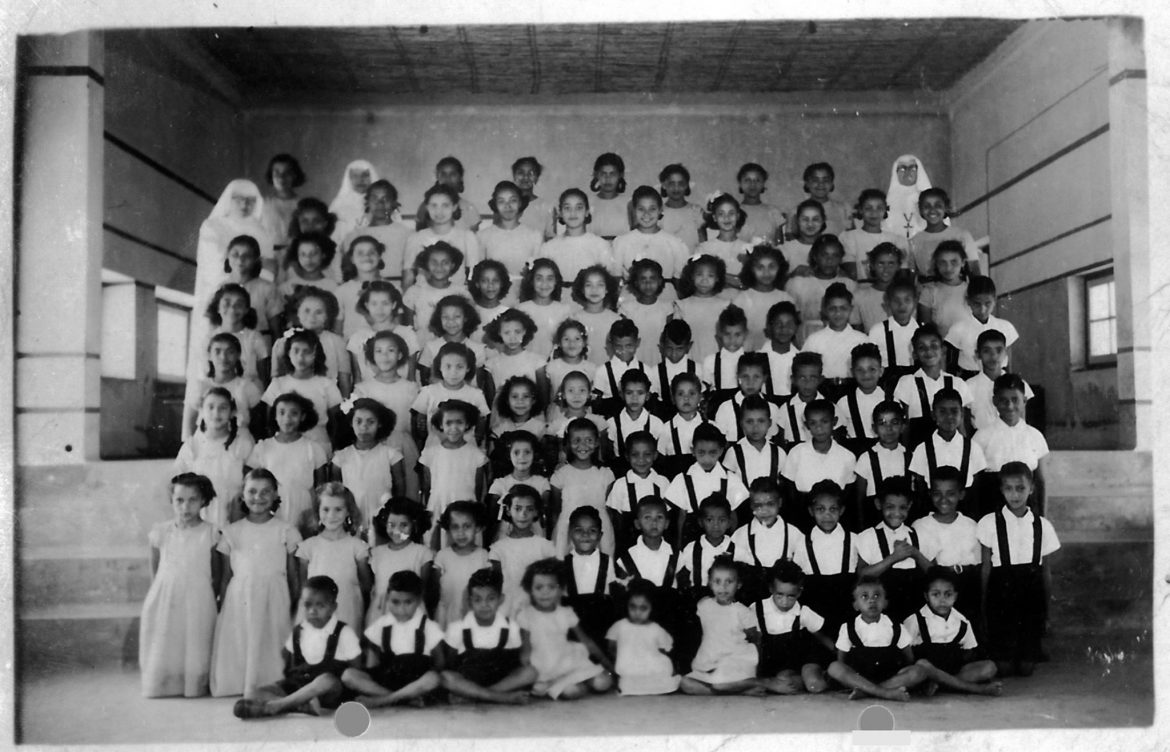Liana by Martha Gellhorn (1944)Posted in Articles, Book/Video Reviews, Caribbean/Latin America, Media Archive, Women on 2019-04-18 19:30Z by Steven |
Liana by Martha Gellhorn (1944)
Literary Ladies Guide: Inspiration for Readers and Writers from Classic Women Authors
2018-11-25
Taylor Jasmine
Martha Gellhorn was married to Ernest Hemingway when Liana, her fifth novel, was published in 1944. She had already made quite a name for herself as a war correspondent by that point and it rankled her to be described as “Mrs. Ernest Hemingway” in reviews of her books.
Though her fiction varied in its quality and critical acclaim, her book of linked stories titled The Trouble I’ve Seen (1936), based on her actual observations as a journalist during the Depression, earned her a great deal of respect.
Her brief marriage to Hemingway was already in jeopardy the year that Liana appeared. In her capacity as a war correspondent, Gellhorn wanted to cover the action, wherever it happened to be…
…The story centers on Liana, who is described as a mulatto, or what we now call mixed-race. She marries Marc Royer, a wealthy white man on a fictional French Caribbean island called Saint Boniface.
For his part, he marries her mainly to spite another woman, and so, Liana is marked by a kind of tragedy in this sense, becoming a prisoner in his home, and a partner to a man who doesn’t fully love her…
Read the entire review here.




